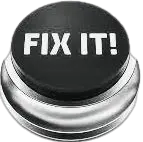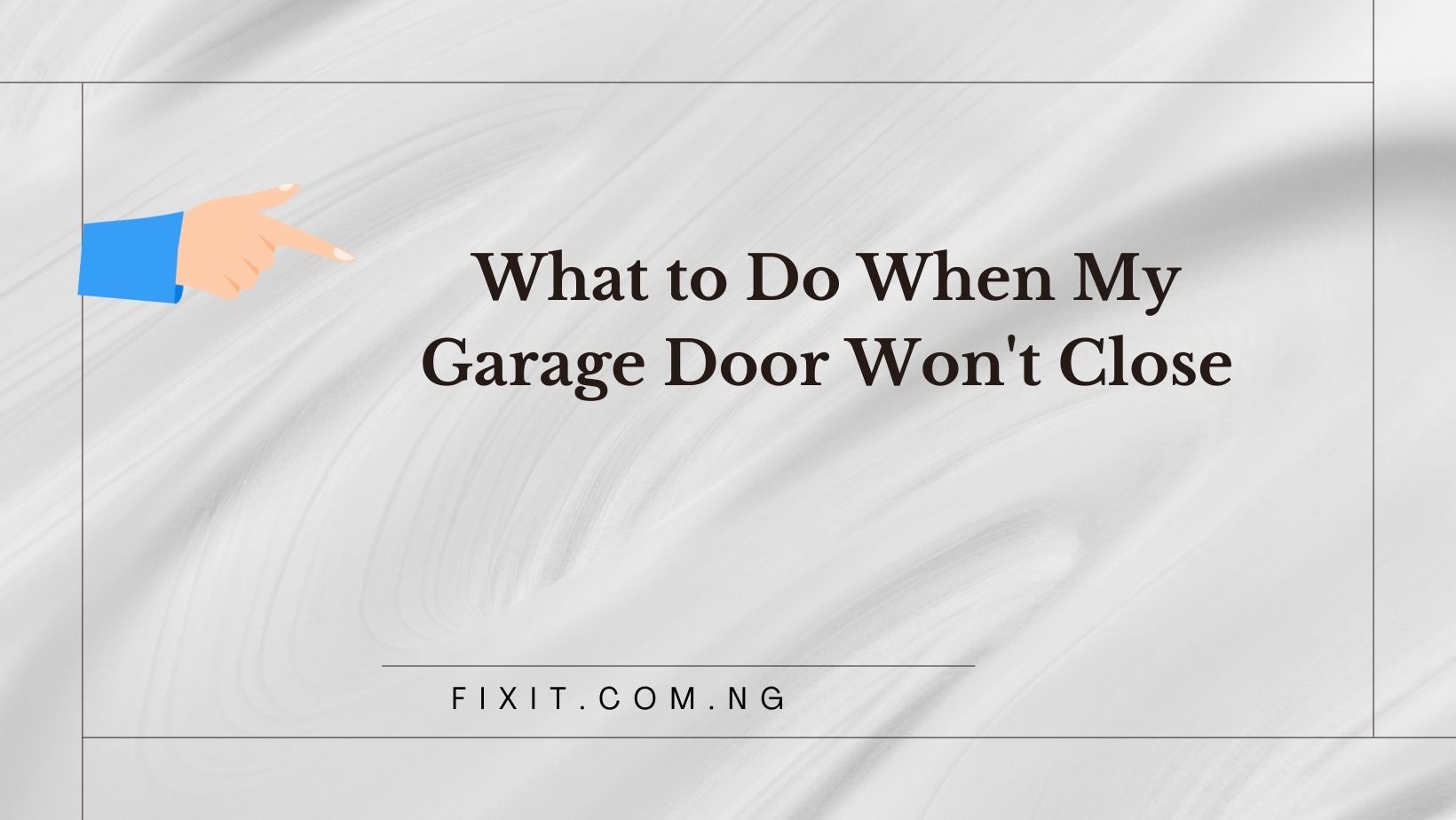Your garage door’s sensors serve as guardians to your family and possessions, yet they’re not infallible. A dust particle could mislead them into thinking there’s an obstruction preventing it from opening completely and stop your door from closing fully.
Be alert for sensor lights flashing; this indicates an obstruction or misalignment in their path.
Check the Sensors
Modern garage doors feature sensors positioned six inches above the ground that act like watchful eyes to ensure nothing–from people, balls and containers to containers or cars–is in the way when closing occurs. When they sense an obstruction they send a signal back to their motor to stop and reverse.
Sensors can become confused easily. A single dust particle or spider web could disrupt their signals and prevent them from communicating effectively, but a quick wipe down with a clean, dry cloth should fix the issue quickly.
As mentioned above, sensors may malfunction due to being exposed to rainwater, sprinkler spray or pressure washer. Exposure can cause them to short out and stop closing properly – if this occurs it should wait a while until drying before testing the garage door again.
To test your sensors, connect a short strand of wire from the white sensor cable to the motor unit’s yellow terminal and observe whether or not yellow light comes on. If so, your sensors are working properly; otherwise they likely contain defects and require replacement – though for your own safety it would be wise to switch off power at your breaker box first before beginning any electrical wiring work yourself.
Check the Limit Settings
If your garage door doesn’t close completely or is reversing midway, it could be because of miscalibrated limit settings (also called travel limits). These limits tell the opener how far to send the door before closing to protect things like cars and children’s toys from crushing them as the door closes; over time these settings may drift requiring recalibration – an easy fix!
First, check to make sure the sensors are free from obstructions like sunlight and glare that could obstruct their signals. Also ensure the eyes of any sensors are not blocked by debris such as rust. Be sure to move them around until their faces face each other for maximum performance.
Next, review the force settings on your opener. There should be both an up limit and down limit setting; ensure they don’t reach extreme values. If you need assistance in making adjustments, refer to your manual for guidance.
Once your limits are in place, press the wall button to close your garage door and observe its progress as it drops all the way before stopping abruptly and turning back up again. If this occurs then use a ladder to access the limit switch adjusters on the motor unit’s backside and increase down travel limits by turning them clockwise for more or counterclockwise for less.
Check the Rollers
If your garage door won’t open properly, this could be caused by worn out rollers that create extra friction when moving the door. A professional can replace these quickly and safely to fix this problem.
Another cause for garage doors that don’t close is when they don’t receive power from their openers. Check to ensure the power cord in the ceiling outlet hasn’t become unplugged from its motor unit or has been disconnected altogether, and make sure your remote or wall switch works by pressing a button and observing its effect.
Sometimes the sensors of a garage door can become dirty or misalign, preventing it from closing properly. Check for anything obstructing their sightline such as leaves or debris blocking their view before gently wiping with a soft cloth before activating again.
If your garage door won’t close properly, there may be more serious problems with either its motor or track. Bends in the track that cause it to stop short of reaching the next section are usually easy enough to correct with pliers; but if it has become so bent that it no longer reaches it’s destination, professional assistance will likely be needed.
Check the Motor
If everything appears to be functioning as it should, and sensors are operating normally, it could be that an isolated issue is causing your trouble. One simple way of testing the motor unit would be disconnecting its wires and checking their connections; cleaning with white lithium grease might even do the trick!
If there are no motor issues, it could be something as simple as debris blocking the sensor or forcing it backward as it attempts to close, like leaves or gum wrappers. A quick visual inspection may reveal culprits; otherwise, professional assistance should be sought immediately to prevent further damage and injury to family members.
Your garage door is likely one of the largest, heaviest, and technologically complex entrances to your home – making it susceptible to issues requiring professional help. However, with our guide’s steps above you should be able to get it running again quickly! Good luck and we hope these tips will come in handy next time your garage door stops working as it should!

